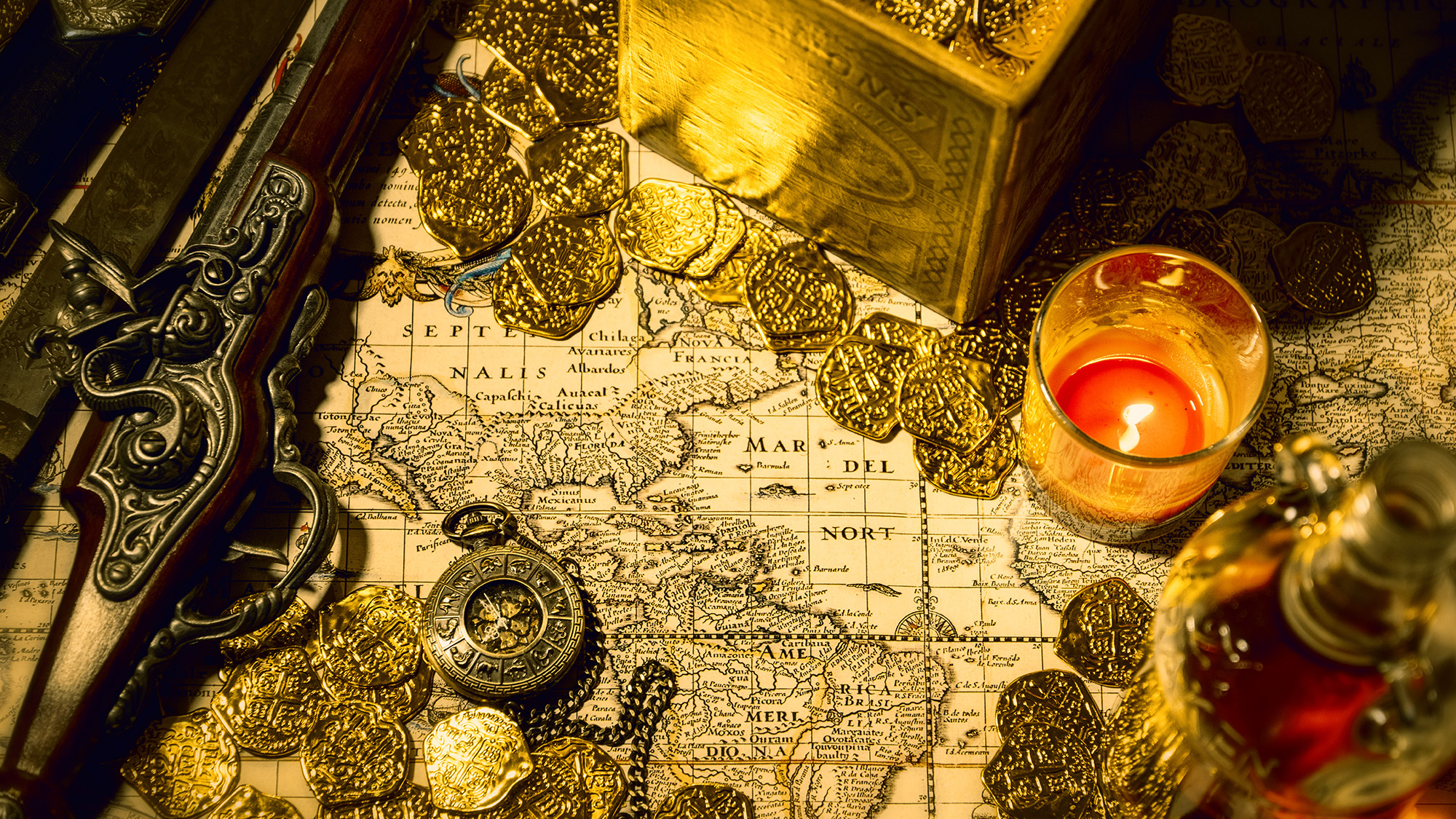Pro kit: Broadcaster and filmmaker Hannah Stitfall shares what's in her bag
Broadcaster and filmmaker Hannah Stitfall shares how she got into photography – and the essential kit she can't live without
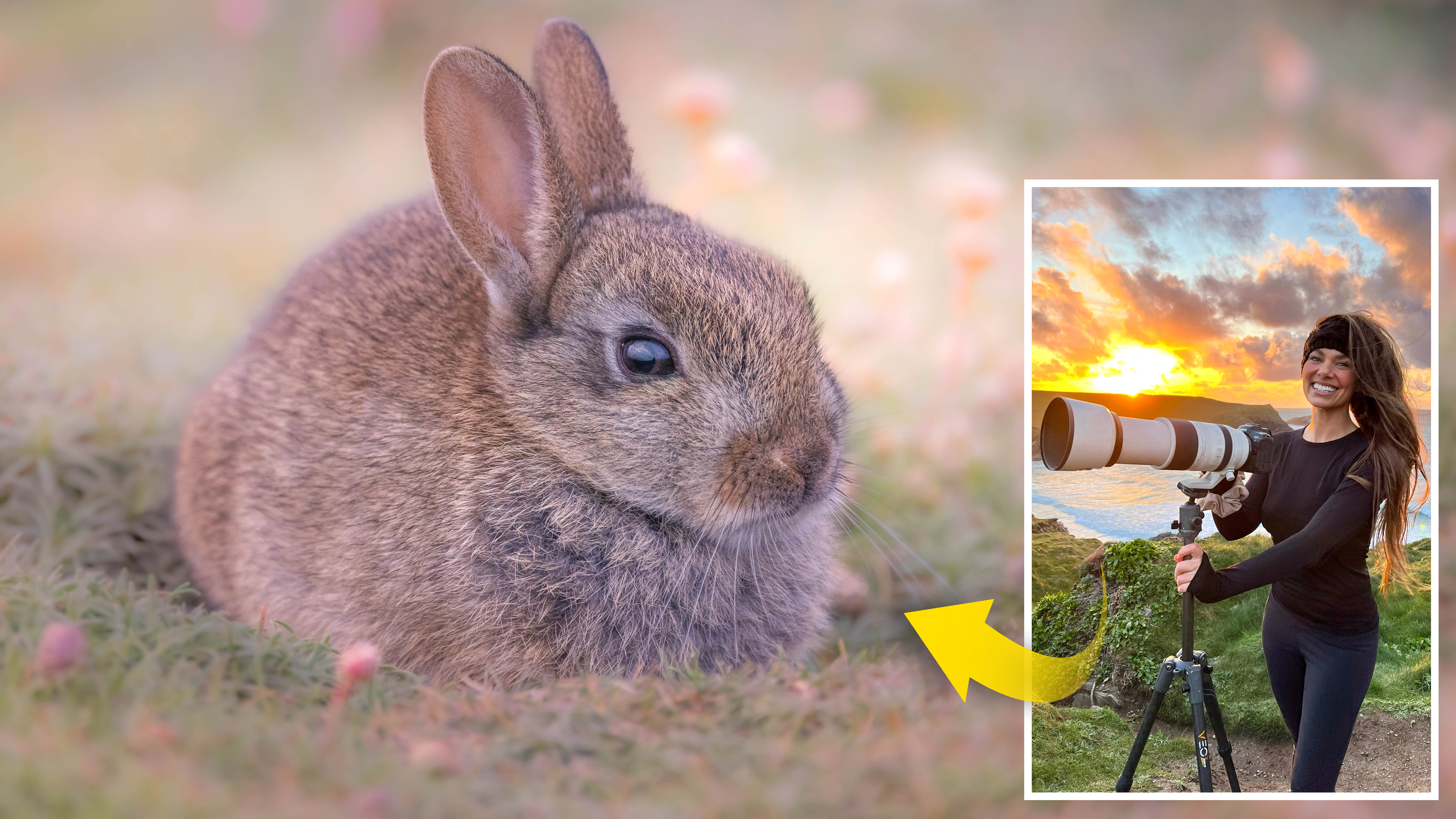
They say to never work with children or animals, and for good reason! Wildlife photography isn't without its fair share of complications. You'll often be waiting long hours come rain or shine for your subject to turn up and the perfect light to materialize. However, when you do finally manage to pull off that incredible animal portrait you'd envisioned there's no greater sense of accomplishment, which makes it all worthwhile.
We recently caught up with wildlife broadcaster and filmmaker Hannah Stitfall, who is best known for her stunning nature photography and videography seen on BBC programs including Earth’s Co-Existence, The One Show and Springwatch.
• Elevate your nature shots with the best cameras for wildlife photography
Hannah studied zoology at university and is an ambassador for Helping Rhinos, The Wildlife Trusts, The UK Wild Otter Trust, Prickles and Paws Hedgehog Rescue, and the Cornish Seal Sanctuary.
She tells us her story, her top tips for wildlife portraits, as well as the camera set-up she uses, including her favorite lenses. To see more of her fantastic nature shots and check out her workshops, be sure to visit her website.
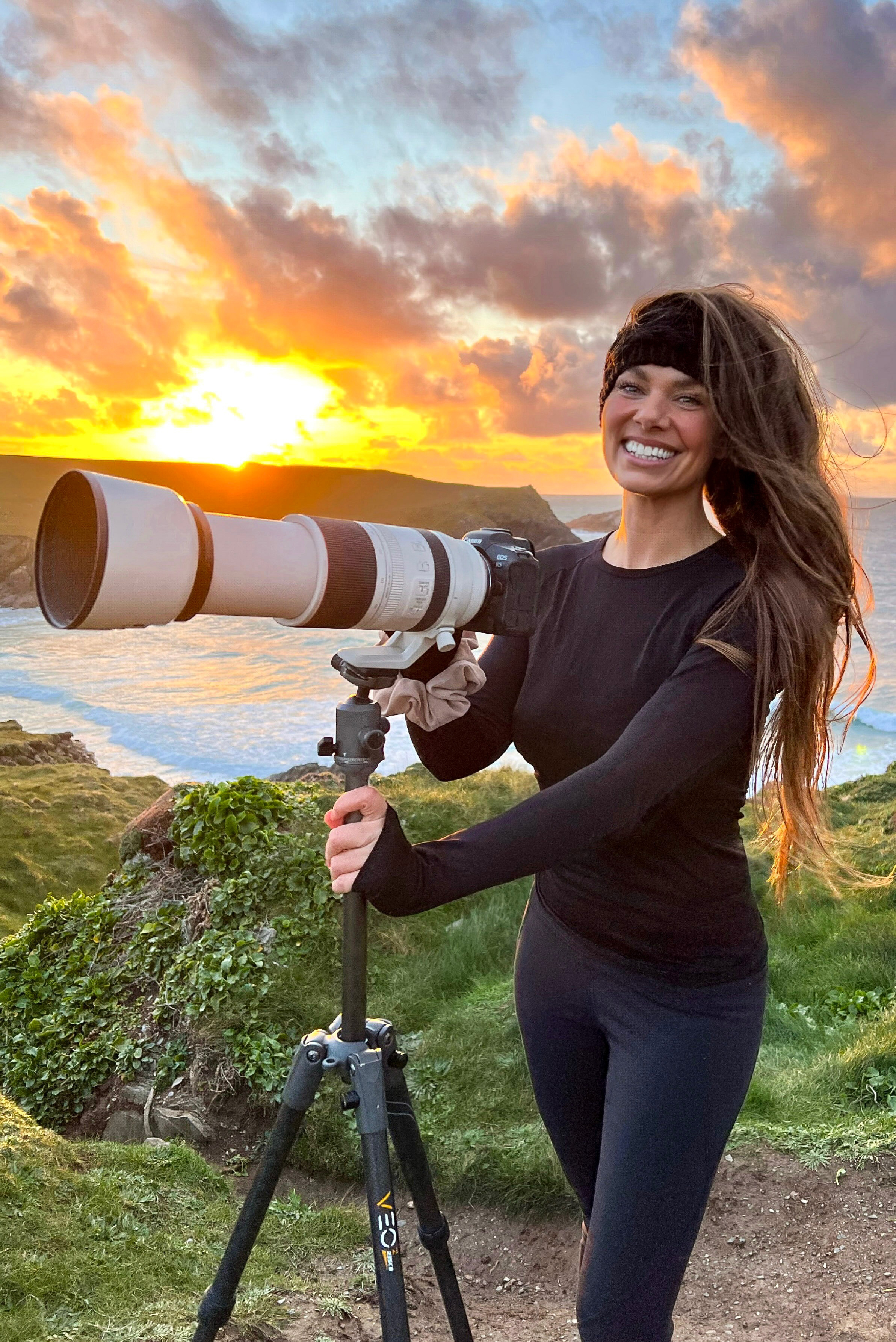
"Being surrounded by nature and waiting for hours to try and catch a glimpse of a wild animal might not be everyone’s bag – but for me, there is nowhere else I’d rather be.
"My career has seen me travel the world, filming and photographing some of the planet’s rarest species. Whether that’s in the bustling metropolises of Singapore and Hong Kong, the busy streets of Vienna or the wilds of South Africa, I’m incredibly lucky to have the career I do – although I still get the same thrill when I’m sat in a hedgerow where I live in Cornwall!
Get the Digital Camera World Newsletter
The best camera deals, reviews, product advice, and unmissable photography news, direct to your inbox!
"All animals come with their own challenges, especially working out exactly how you are going to film or photograph them in their natural environment without disturbing their habitat. Animal behaviour can be unpredictable too. I’m often thinking about when and where they’ll come out, the best time of year, and how close I can get without disturbing them.
"Wildlife ethics are at the forefront of everything I do: I spend months planning, using strategic camera traps to locate a species as well as creating a popup hide. Having a deep understanding of animal behaviour is vital, much of which you can only learn on the job and after putting the hours in. The weather is also a challenge: from shooting in the humidity of the Cayman Islands to -25ºC degrees in hides in Sweden, I always need to be prepared for what the weather may throw at me!"
Hannah's pro wildlife kit
1. Canon EOS R5
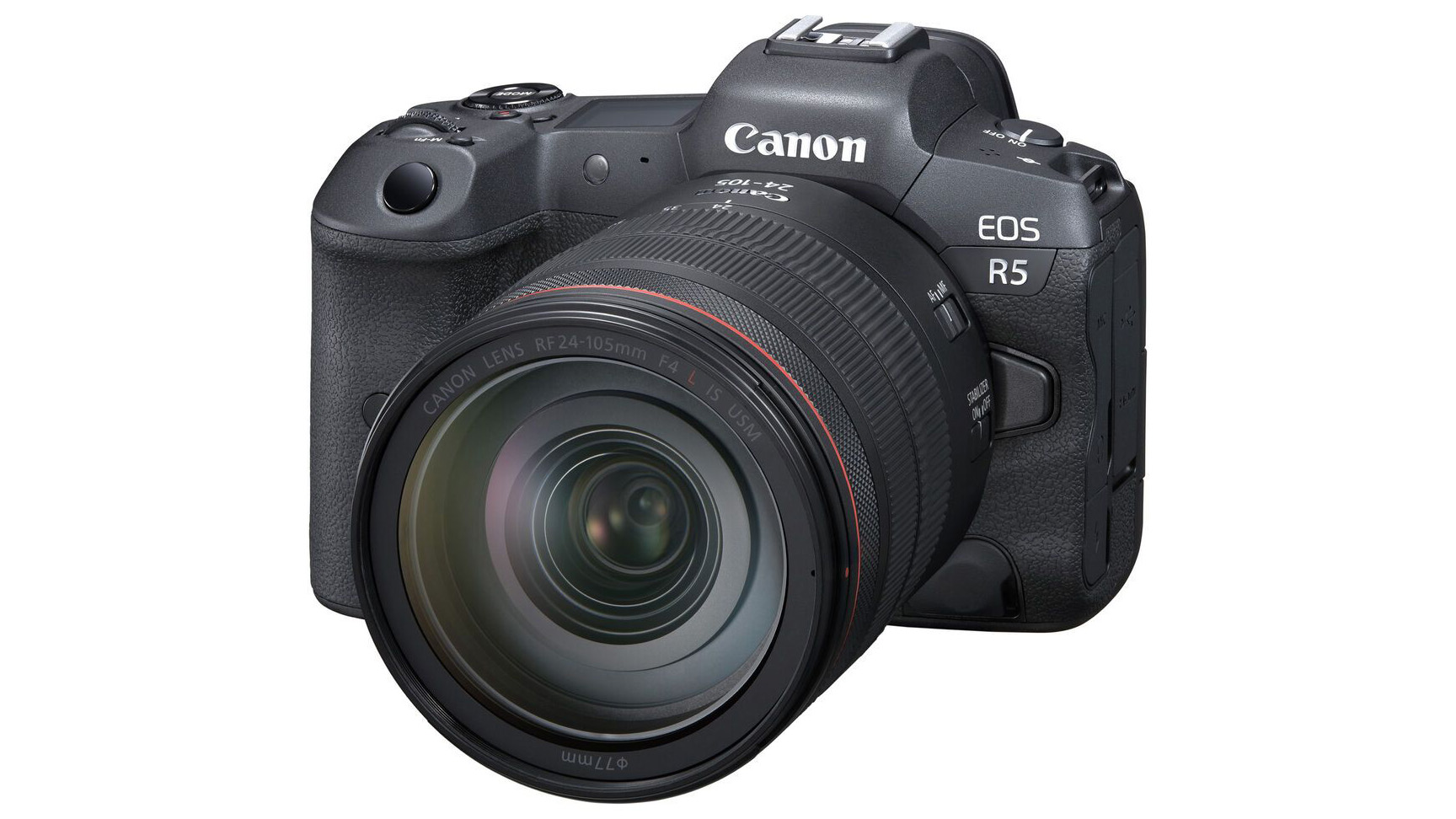
"This camera is currently my ride or die! The mirrorless system makes it fast, lightweight and easy to use – which is ideal when you have to travel far distances on foot to reach the species you want to film or photograph. It can also record video in 4K and up to 100fps, making it perfect for filming wildlife, especially fast‑moving species."
2. Canon EOS 5D Mark IV
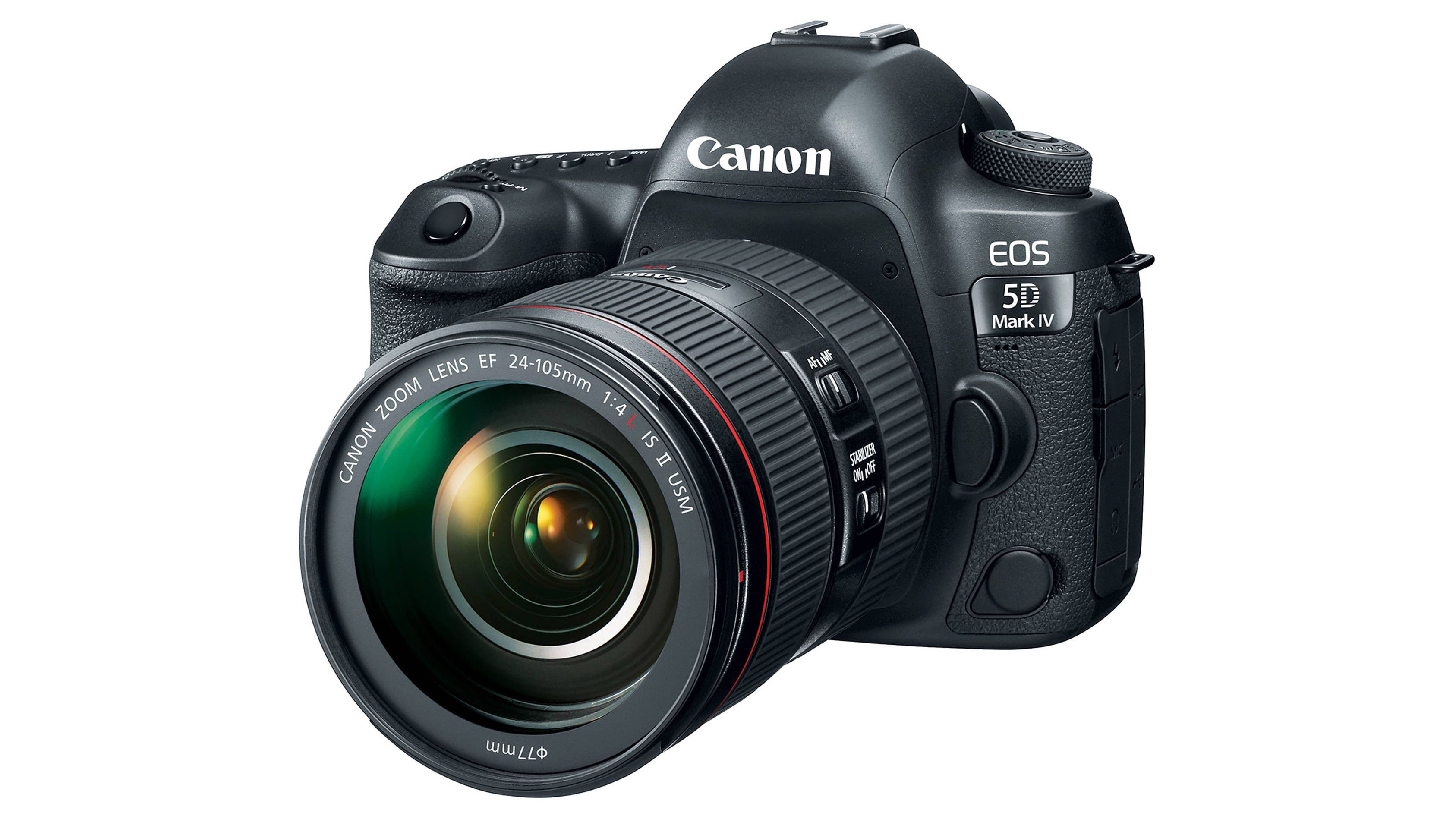
"Before I upgraded to the EOS R5, my workhorse camera was an EOS 5D Mark IV. I still use it, especially if I’m staking out a den. It’s been to many countries, trodden many paths and been down many ditches, but has lived to tell the tale! I thought about selling it once I upgraded, but it’s such a solid piece of equipment that I’ve kept hold of it. Hopefully it has many more years of trekking ahead of it yet!"
3. Sigma 150-600mm f/5-6.3 DG OS HSM | Sport
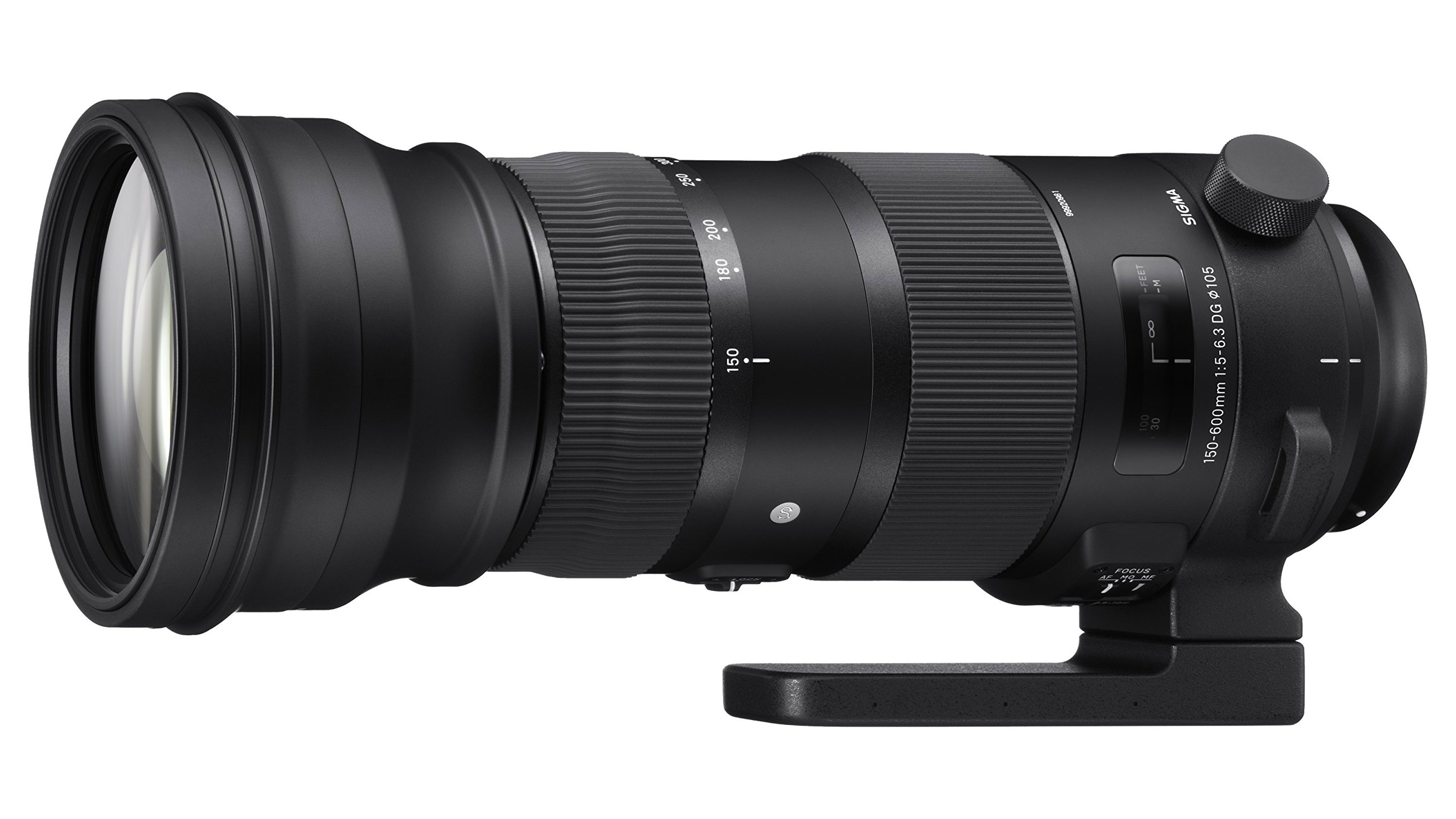
"This is a beast of a lens and, for the price, should be in any budding wildlife filmmaker’s kit. I have used this lens for about five years. Its performance and ease of use make it perfect for wildlife, but also sports and fast action too. This was the first telephoto lens I owned (I always borrowed my friends’ before), and I would highly recommend it to anyone starting out."
4. Canon RF 100-500mm F4.5-7.1 IS USM
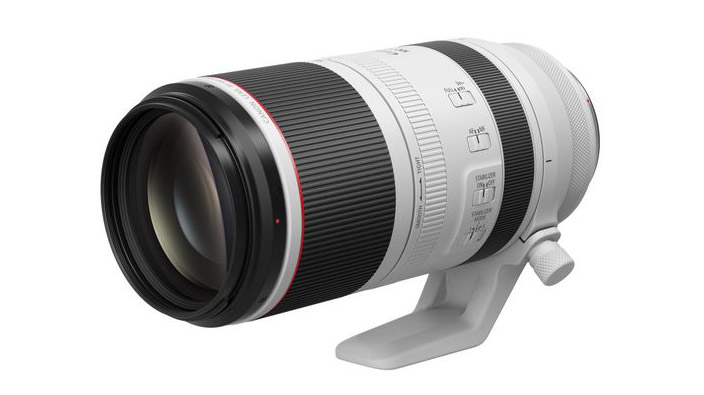
"This is a fabulous lens to pair with my EOS R5. It’s really versatile, giving you different telephoto focal lengths, which is exactly what you need for wildlife – and it’s super-light too! This lens is razor-sharp, fast when focusing, and delivers great results in low-light conditions. The best time to photograph many species, especially mammals, is at dusk and dawn, so this lens is a must-have!"
5. Canon RF Extender 1.4x
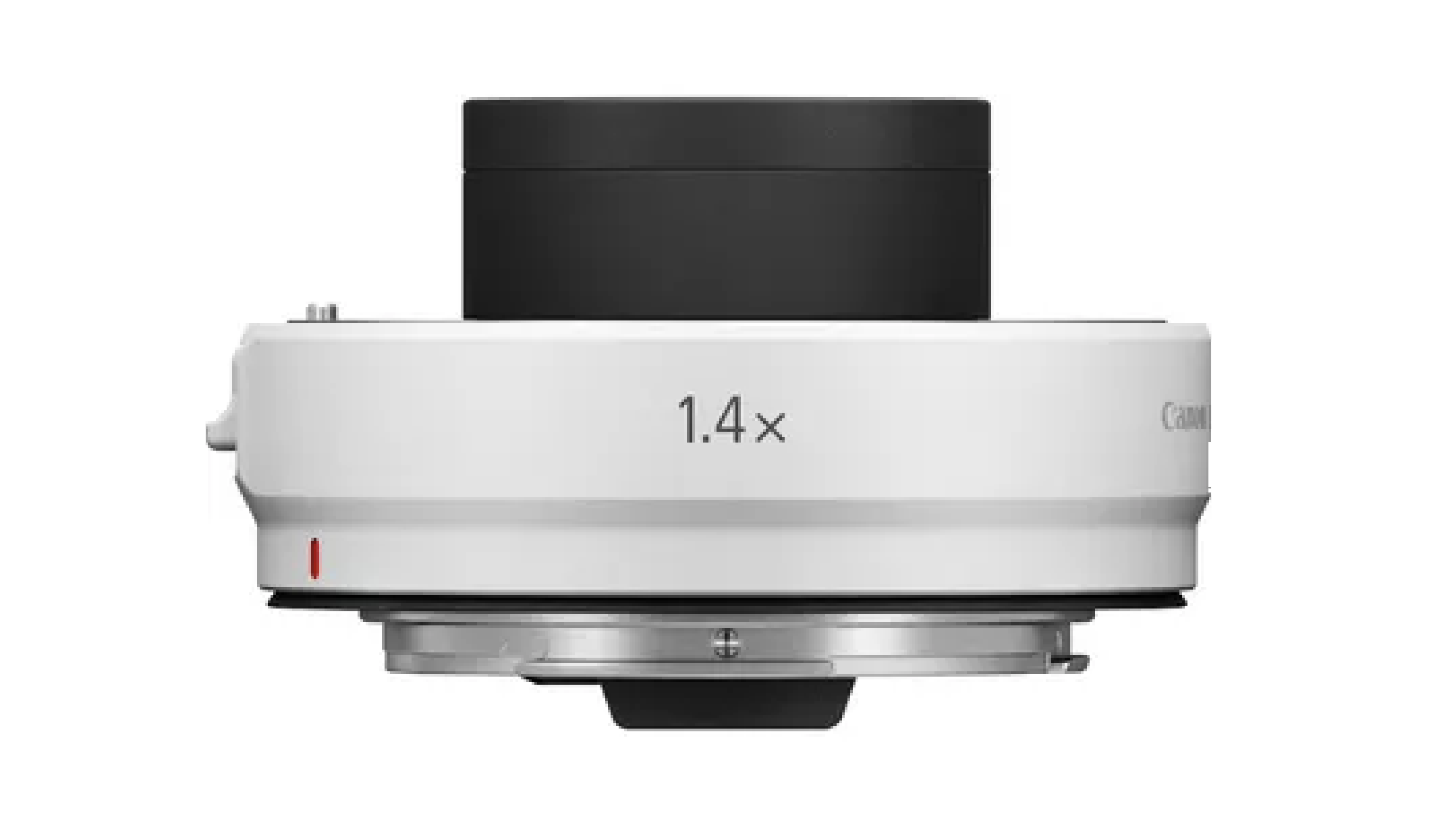
"The Canon RF Extender 1.4x is a must for my current setup, particularly for shooting imagery of small birds. If I’m going out for bird photography, I already have the extender attached before I leave the house. It works perfectly with Canon’s RF 100-500mm F4.5-7.1 IS USM, giving me a 700mm focal length at the long end, and the image quality it produces is superb. The extra bit of reach it provides in certain situations can make all the difference!"
6. Canon EF 50mm f/1.8 STM
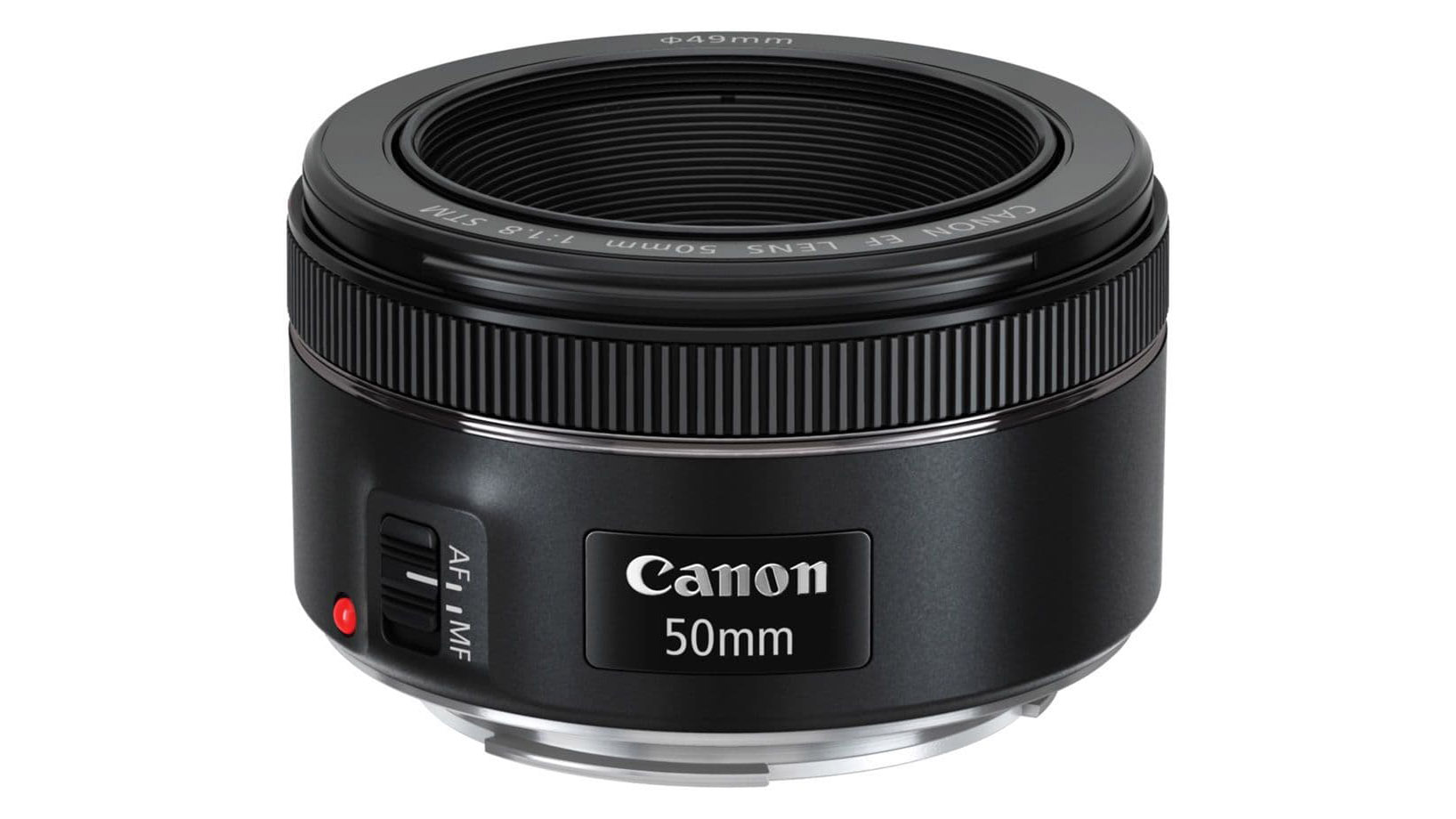
"You might be wondering why a wildlife filmmaker and photographer has a ‘nifty fifty’ in their camera bag? It might surprise you to know that many filmmakers use these cheap and cheerful lenses, as they’re very useful. I mainly use mine on professional shoots, for cutaways and any other shots that are needed. I also have a Canon EF-EOS R adapter, so I can use my old EF 50mm lens with my new EOS R5."
PhotoPlus: The Canon Magazine is the world's only monthly newsstand title that's 100% devoted to Canon, so you can be sure the magazine is completely relevant to your system. Every issue comes with downloadable video tutorials too.

Deputy Editor on PhotoPlus: The Canon Magazine, Dan also brings his technical wizardry and editing skills to Digital Camera World. He has been writing about all aspects of photography for over 10 years, having previously served as technical writer and technical editor for Practical Photography magazine, as well as Photoshop editor on Digital Photo.
Dan is an Adobe-certified Photoshop guru, making him officially a beast at post-processing – so he’s the perfect person to share tips and tricks both in-camera and in post. Able to shoot all genres, Dan provides news, techniques and tutorials on everything from portraits and landscapes to macro and wildlife, helping photographers get the most out of their cameras, lenses, filters, lighting, tripods, and, of course, editing software.

